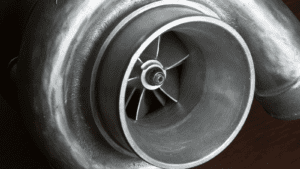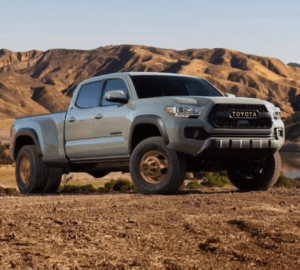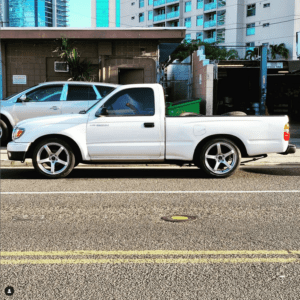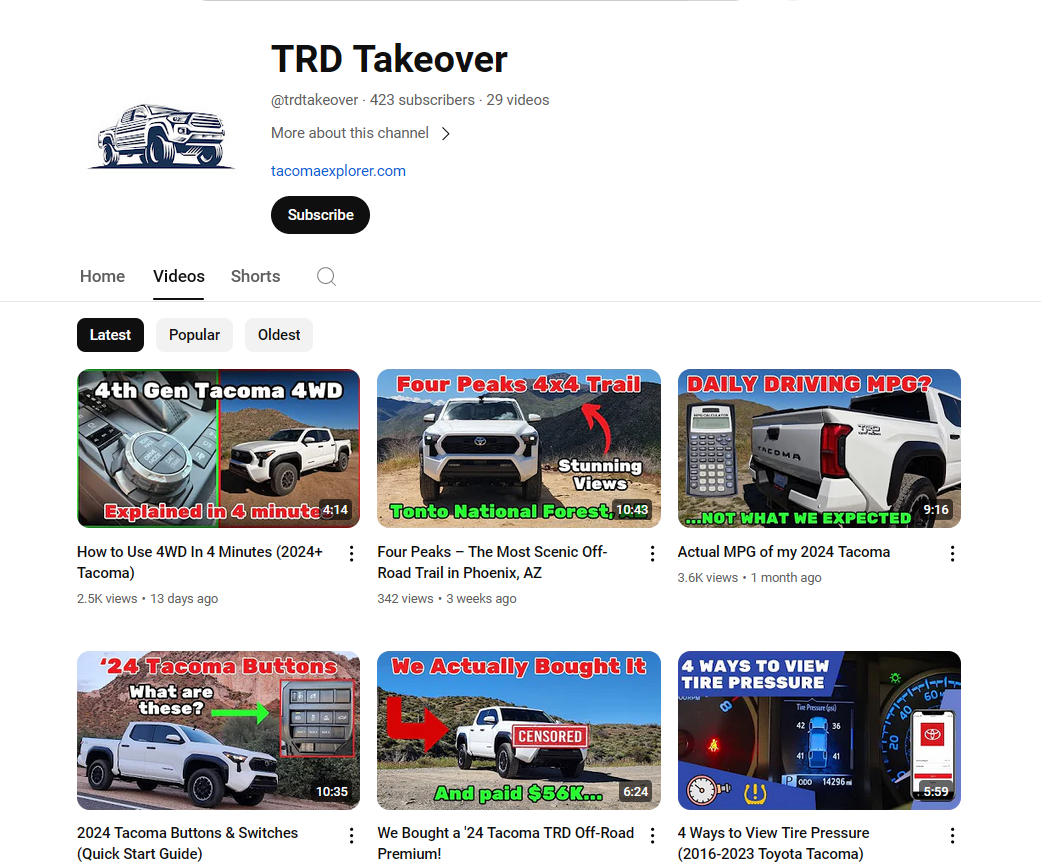Supercharging Your Tacoma: Is It a Good Idea? (Full Guide)
Supercharging your Tacoma offers an appealing cost-to-power ratio but may impact reliability.
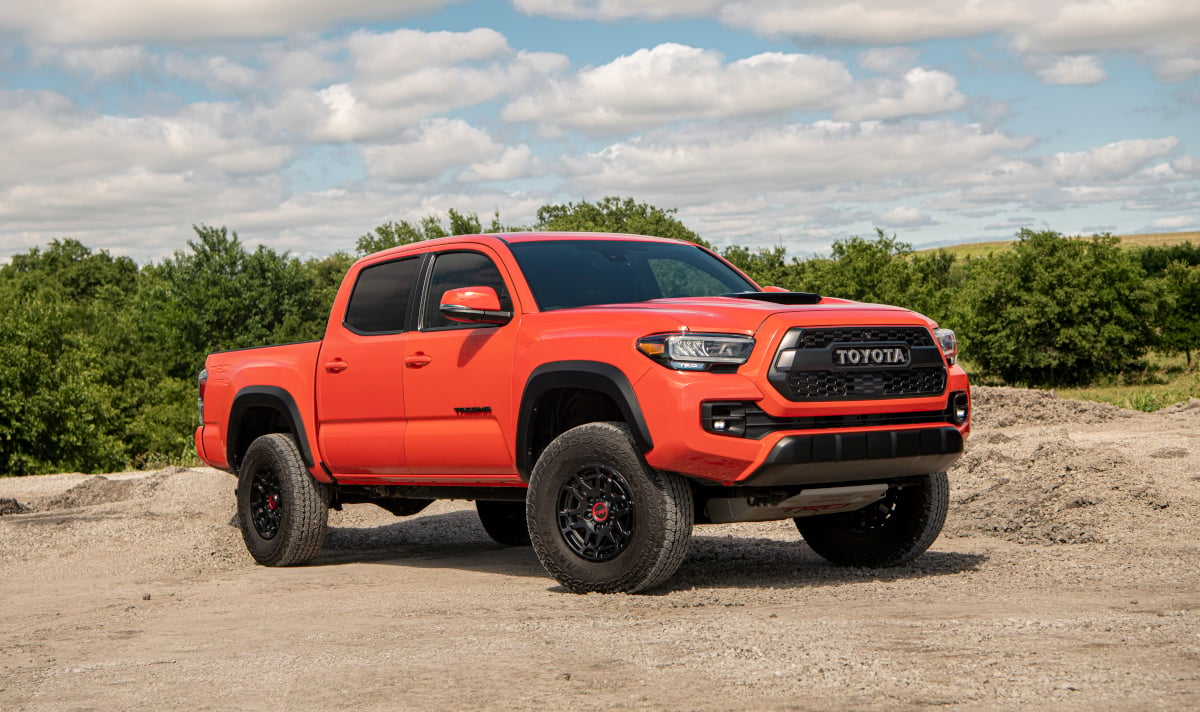
If you’ve thought about pumping up the power coming out of your Tacoma, you may consider a supercharger. Is supercharging your Tacoma a good idea and how much will something like this cost?
In this guide, we show you some examples of a supercharged Tacoma and discuss the average costs. We also look at how much power you might gain and discuss if it’s feasible.
Examples
Want to see what a supercharged Tacoma might look like? Check out some of these examples.
OpelGT at Tacoma World installed a 3rd gen Magnuson Supercharger on his 2018 TRD. Even two years later, he is thrilled with the upgrade. Check out his video:
AngryTaco4 at Reddit also installed a Magnuson Supercharger on their black Tacoma.
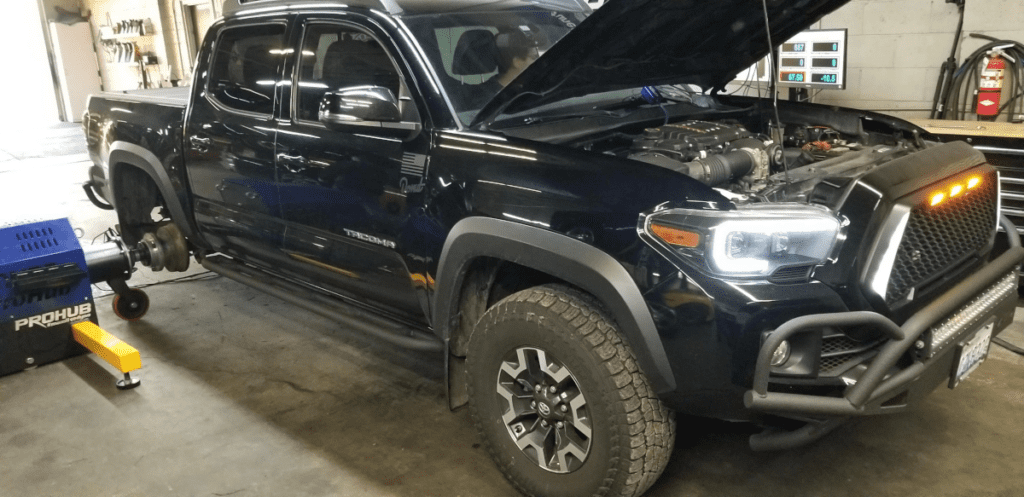
Masonniedens at Reddit also shows off his factory supercharged Tacoma and it’s sleek inside and out.
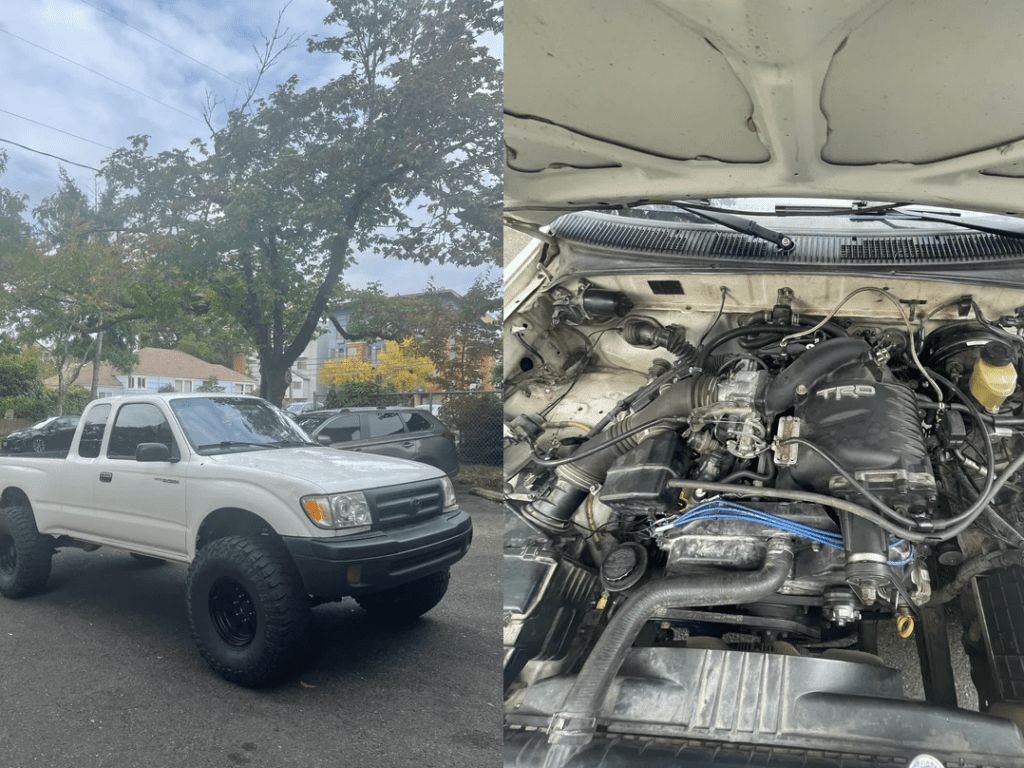
MainLineOverland posted on YouTube to show off the supercharged 3rd gen Tacoma that creates V8 power out of a V6.
Vikings Garage also posted on YouTube to reveal the lifted, tuned and supercharged Magnuson 2021 Tacoma.
How Much Power Will It Add?
Most people want to know whether a supercharger is going to create just minimal gains or if it’s going to output high-performance numbers.
Here are some numbers provided by the different supercharger manufacturers.
Magnuson Supercharger
The Magnuson Supercharger on a 2016-2012 V6 Tacoma delivers 5 to 6 psi for 370+ horsepower and 330+ lb-ft of torque at crank. That’s 32% more power than the stock V6.
URD Supercharger
Underdog Racing Development (URD) Supercharger creates these specs:
4.0L V6 (2005-2008) 308-373 horsepower
- 4.0L V6 (2009-2011) 337-409 horsepower
- 3.5L V6 (+2016) 365 horsepower
- 2.7L (2005-2015) 248 horsepower
- 2.7L (+2016) 198 horsepower
Procharger
Procharger claims to bump the horsepower 35-40% with the 2016-2021 3.5L V6 Tacoma.
Keep in mind that if the supercharger isn’t properly tuned after installation, you may not see these numbers. In fact, you could lose horsepower. Furthermore, you could risk serious engine damage.
Estimated Costs
The supercharger cost depends on what kit you purchase and where you take it to have it installed.
Depending on the model year, Magnuson and Procharger parts cost between $6,395 and $7,195. If you add another $1,500 for the labor, you are looking at between $7,800 and $8,700.
A discussion that took place on the Tacoma World Forum also listed several quotes from users. Here are two of them.
- $4,500 for parts + $1,500 for labor = $6,000
- $6,400 for parts + $1,600 for labor = $8,000
Some people try to buy a used supercharger and save money. That’s a viable option, except you want to inspect it carefully. It should spin freely. Try to move the pulley up and down and make sure the impeller hasn’t been scraping on the housing.
You also don’t want a supercharger if there are any chips on the blades or impeller. You could also get one with a stripped tensioner bracket hole, so ask yourself if the savings are truly worth it. There isn’t going to be a decent warranty on a used supercharger, and you could be throwing away money.
Pros and Cons
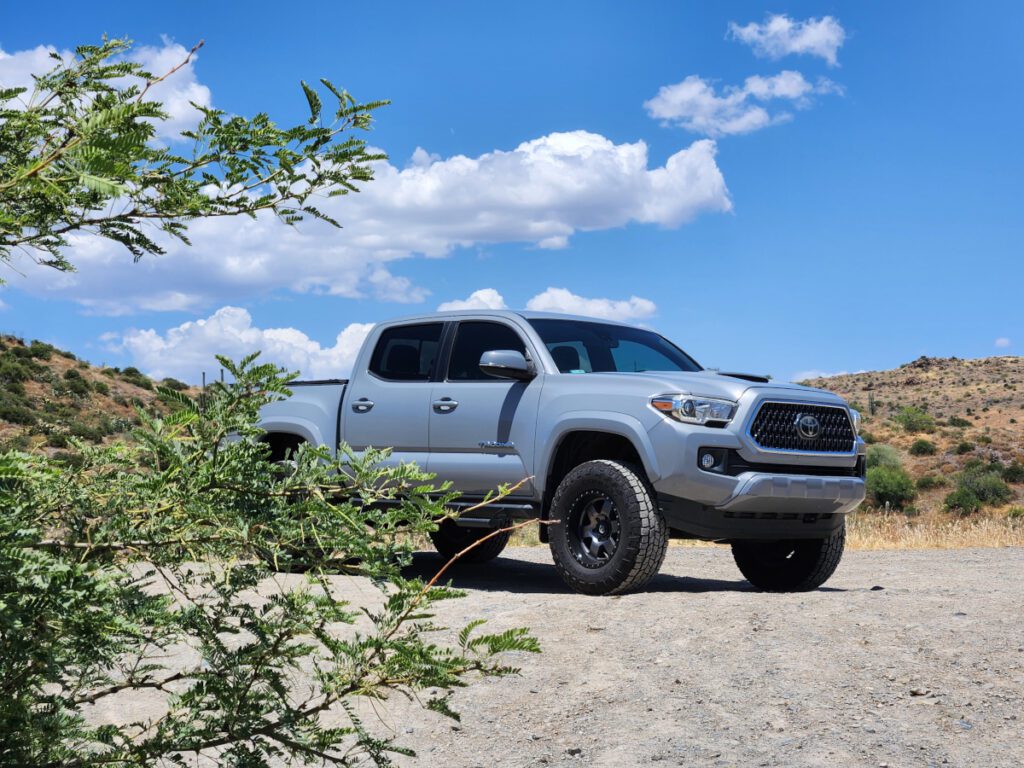
Before you invest all of the money in a supercharger for your Tacoma, it’s best to consider the advantages and disadvantages. Here are some to think about.
Pros:
- Added horsepower
- Quicker acceleration
- Ability to tow and carry more weight
- Added responsiveness
- No power lag, such as with a turbocharger
Cons:
- Drop in fuel economy – especially while towing and hauling
- Expensive
- Creates added noise
- Drop in reliability due to increased temperatures
Reliability
Toyota has been hailed as one of the most reliable companies because of the superior engines used. How is the reliability affected by the addition of a supercharger?
Some people will tell you that a supercharger reduces wear and tear, but that’s normally from companies that want to sell the modification. While it won’t make your engine fall apart, there are some things to consider.
All forced induction systems, including turbochargers, will expose the engine to higher pressure and temperature. Overall, this affects how long the engine lasts, but it shouldn’t make a significant difference as long as you continue maintaining it.
However, the supercharger is a better option than the turbocharger in terms of reliability.
Is It Worth It?
As a truck enthusiast, I completely understand the desire to add a supercharger to the Tacoma. It makes complete sense to me as long as the money or reliability isn’t an issue. Overall, the power-to-cost ratio is good, with these reliable manufacturers promising a good amount of boost.
Additionally, if you have more money to spend, you may want to consider some of the other modifications we list later in the article. These only help to push out even more power.
On the other hand, it’s not worth adding a supercharger to your 2024 or newer Tacoma. These newer trucks include a turbocharger instead. As a turbo Tacoma, it would be better to upgrade the existing equipment if you need more power.
How Does It Work?
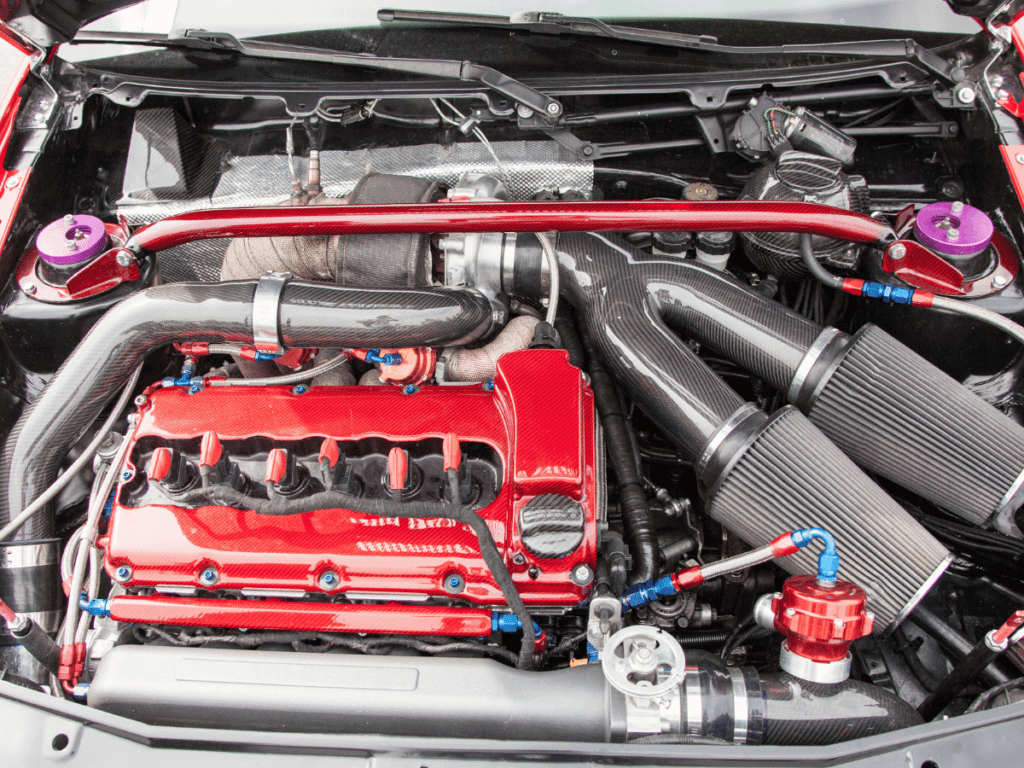
You know that the supercharger increases power, but how does it happen?
Basically, the supercharger is responsible for compressing the intake of air and forcing more fuel into the engine. This action creates more power. The supercharger is mechanically powered, typically from the belt on the engine’s crankshaft.
Air is pulled into the engine through the intake, hood scoops and other entry points. The supercharger receives this air and compresses it to increase density and pressure. With more air going to the engine, additional fuel is also pumped in, so there’s a boost in horsepower.
Superchargers were first patented in 1885 by Gottlieb Daimler. By the 1920s and 1930s, European automakers were popularizing the usage. They were also installed on Allied airplanes flying in World War II.
Other Modifications to Consider
If you want to get maximum power out of your Tacoma, consider some other upgrades as well. These options work perfectly with a supercharger.
- Performance headers: Install a set of exhaust pipes individually connecting to each engine cylinder. The exhaust gases combine in a larger pipe called a collector before heading to the catalytic converter.
- Aftermarket exhaust: You can create a better escape route for the gases, thereby increasing performance, when you upgrade the exhaust.
- Racing clutch: If you spend time off-road, a performance clutch can make a big difference to the ride. With less weight and increased power transfer, your vehicle will be able to go faster.
- Intercooler: Add an intercooler to help the cold air get into the engine.
- Fuel system upgrades: A high-pressure fuel pump is going to supply the engine with more gas, which only increases the horsepower when mixed with more cold air.
- Methanol kit: By injecting atomized water and methanol fuel into the intake, temperatures are reduced and octane increases to create more power.
Keep in mind that any upgrades added on top of the supercharger are going to increase the cost, both for parts and labor. Some people prefer to perform the modifications in stages, making it easier to budget the expenses.
Related Content
Can You Feel the Power?
If you want to unleash the inner beast of your Tacoma, a supercharger may be all that you need. Explore your options to determine what gives you the most bang for your buck.
Whether you choose to go with a supercharger or turbo, it’s not as difficult to upgrade your Tacoma as you may think. Plus, you can add on a whole list of other modifications to make your Tacoma one that stands out in a crowd.

